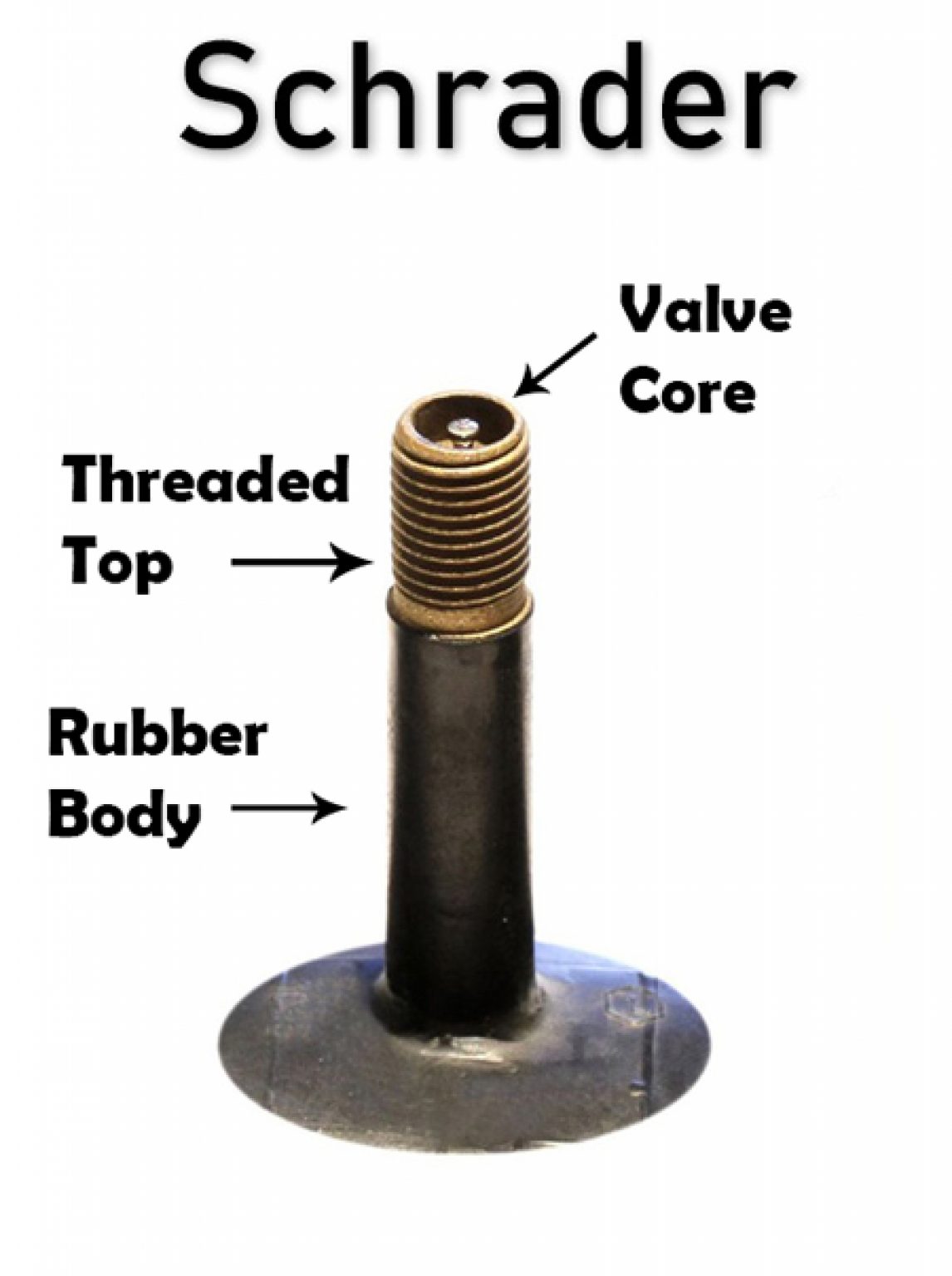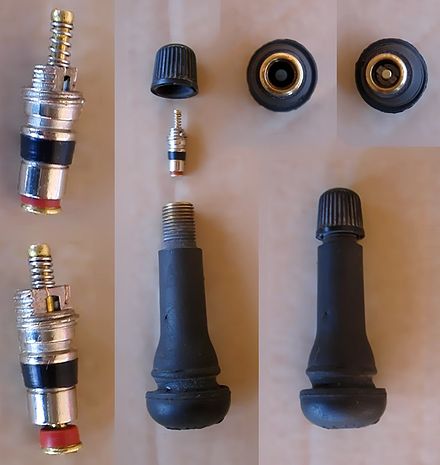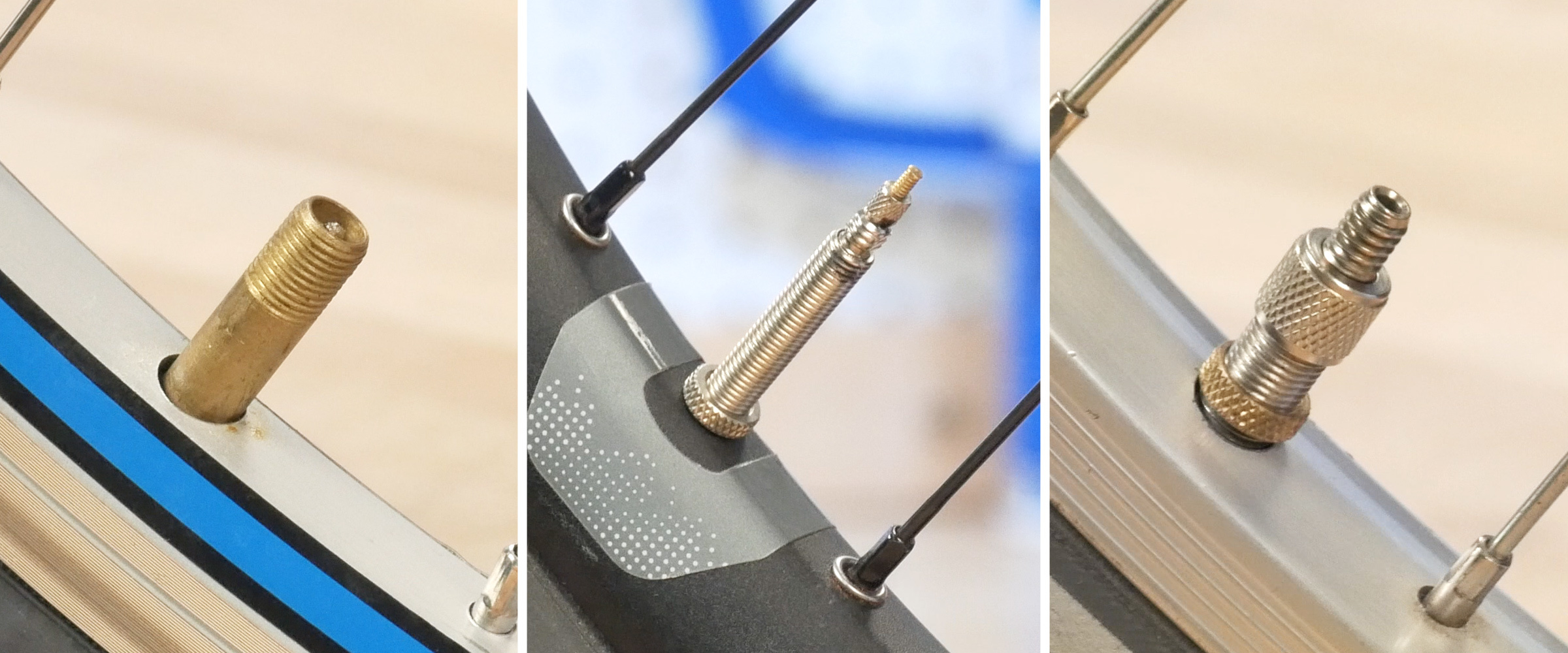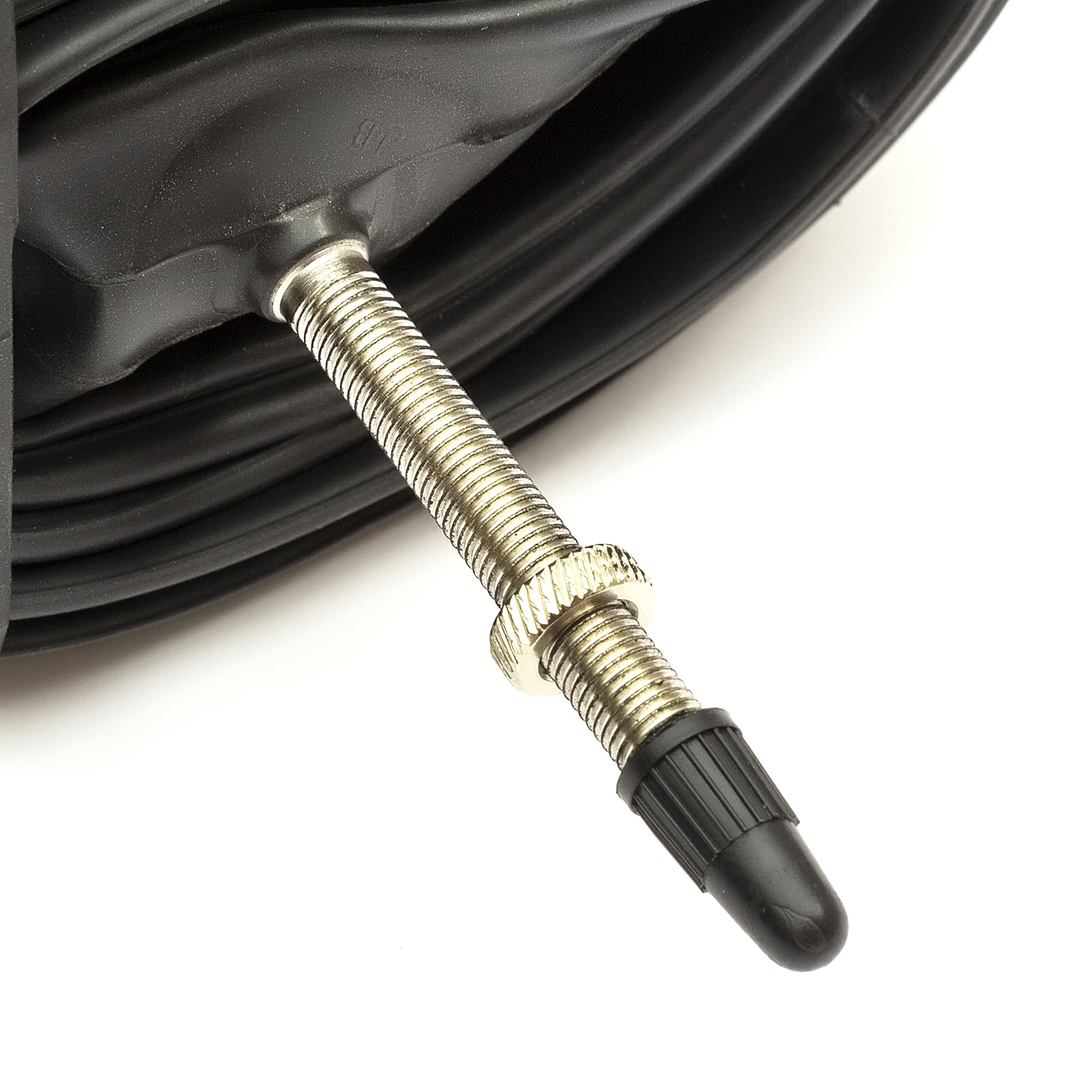Understanding the Role of a Cycle Inner Tube Valve
A cycle inner tube valve plays a crucial role in maintaining the right tire pressure for your bicycle. These valves serve as the entry and exit points for air, allowing you to inflate or deflate the inner tube as needed. By choosing the right type of valve, you can make inflation and deflation easier, ensuring a hassle-free cycling experience. This article will explore the different cycle inner tube valve types, focusing on Schrader and Presta valves.
Common Types of Cycle Inner Tube Valves
When it comes to cycle inner tube valves, there are two primary types that you should be familiar with: Schrader and Presta. Schrader valves, also known as American valves, are the more common type, often found on children’s bicycles, mountain bikes, and lower-end road bikes. They are characterized by their wide, sturdy design and are compatible with a broad range of pumps.
Presta valves, on the other hand, are often referred to as French valves and are slimmer and more elegant. They are commonly used on high-performance road bikes and high-end mountain bikes. Presta valves have removable cores, which allow for easier inflation and deflation, and they typically require higher pressure than Schrader valves.
Both Schrader and Presta valves have their advantages and disadvantages, and choosing the right one depends on several factors, including tire size, pump availability, and personal preference. In the following sections, we will delve deeper into each type of valve, discussing their features, compatibility with pumps, and pros and cons.
Schrader Valves: An Overview
Schrader valves, also known as American valves, are the more common type of cycle inner tube valve. They are characterized by their wide, sturdy design and are compatible with a broad range of pumps. Schrader valves are often found on children’s bicycles, mountain bikes, and lower-end road bikes.
The structure of a Schrader valve consists of a threaded stem, a spring, and a rubber seal. The rubber seal keeps air from escaping, while the spring ensures a tight seal when the valve is not in use. Schrader valves are typically easier to inflate and deflate, as they can be operated using a simple Schrader chuck, which is commonly found on gas station air compressors and many hand pumps.
Schrader valves have several advantages, including their wide compatibility with pumps and their durability. However, they are generally larger and heavier than Presta valves, which can be a disadvantage for cyclists who prioritize weight reduction. Additionally, Schrader valves may not be suitable for high-pressure applications, as their maximum pressure rating is typically lower than that of Presta valves.
Schrader valves are an excellent choice for cyclists who need a reliable and easy-to-use valve type. They are widely available, easy to inflate, and compatible with a wide range of pumps. However, if you are a cyclist who values lightweight components and high-pressure applications, you may want to consider Presta valves instead.
Presta Valves: An In-Depth Look
Presta valves, also known as French valves, are the second most common type of cycle inner tube valve. They are characterized by their slimmer design and are often found on high-performance road bikes and high-end mountain bikes.
Presta valves have several unique features, including a removable core and a lock nut. The removable core allows for easier inflation and deflation, while the lock nut ensures a tight seal when the valve is not in use. Presta valves are typically compatible with higher pressure than Schrader valves, making them an excellent choice for cyclists who prioritize high-performance applications.
Presta valves require a specialized chuck to inflate, which can be a disadvantage for cyclists who do not have access to a compatible pump. However, Presta valves are generally lighter and more aerodynamic than Schrader valves, making them a popular choice among serious cyclists.
When selecting a Presta valve, it is essential to consider tire size, pump compatibility, and personal preference. Popular brands known for their quality Presta valves include Continental, Michelin, and Vittoria. It is also important to note that Presta valves may require a valve extender for deeper rim profiles, which can add to the overall cost.
How to Choose the Right Valve Type for Your Cycle
When selecting a cycle inner tube valve type, there are several factors to consider. These include tire size, pump availability, and personal preference. Here are some tips to help you make an informed decision:
Tire size: Ensure that the valve type you choose is compatible with your tire size. Schrader valves are typically used for larger tires, while Presta valves are more common for narrower, high-pressure tires.
Pump availability: Consider the type of pump you have or plan to use. Schrader valves are more common and compatible with a wider range of pumps, while Presta valves require a specialized chuck.
Personal preference: Think about your specific needs and preferences. If you prioritize weight reduction and high-performance applications, Presta valves may be the better choice. If you prefer a more straightforward and widely compatible option, Schrader valves may be more suitable.
Popular brands known for their quality valves include Continental, Michelin, and Vittoria. These brands offer a range of valve types and sizes, making it easy to find the right one for your needs.
When selecting a cycle inner tube valve type, it is essential to consider your specific needs and preferences. By taking the time to research and compare your options, you can ensure a hassle-free cycling experience and extend the life of your inner tubes.
Installing and Maintaining Cycle Inner Tube Valves
Installing and maintaining cycle inner tube valves is a crucial aspect of cycling. Proper installation and maintenance can ensure a hassle-free cycling experience and extend the life of your inner tubes. Here is a step-by-step guide on installing and maintaining cycle inner tube valves:
Inflation: Before installing the inner tube, ensure that the tire is at the recommended pressure. This will make it easier to install and reduce the risk of damage to the inner tube.
Installation: Insert the inner tube into the tire, making sure that the valve is properly aligned with the rim hole. Inflate the inner tube slightly to give it shape and make it easier to install.
Deflation: To deflate the inner tube, simply press the valve to release the air. It is important to note that Schrader valves have a small pin in the center that must be pressed to release the air, while Presta valves have a small nut that must be unscrewed before pressing the valve.
Core removal: Presta valves have a removable core that can be used to add or release air. To remove the core, use a valve core removal tool or a small pair of pliers. Once the core is removed, air can be added or released using a regular pump.
Maintenance: Regularly check the inner tube for any signs of wear or damage. If damage is found, replace the inner tube as soon as possible to prevent further damage. It is also important to keep the valve clean and free of debris to ensure proper function.
Common issues and troubleshooting tips:
If the inner tube is losing air, check for punctures or damage. If no damage is found, check the valve for leaks.
If the inner tube is difficult to inflate, ensure that the valve is properly aligned with the rim hole and that the pump is compatible with the valve type.
If the Presta valve is difficult to operate, ensure that the small nut is properly unscrewed before pressing the valve.
By following these steps and regularly maintaining your cycle inner tube valves, you can ensure a hassle-free cycling experience and extend the life of your inner tubes.
Conclusion: Making an Informed Decision on Cycle Inner Tube Valves
Choosing the right cycle inner tube valve type is crucial for a hassle-free cycling experience. Schrader and Presta valves are the two main types of cycle inner tube valves, each with its own unique features and benefits.
Schrader valves are the more common type, found on most car tires and many lower-end bicycles. They are compatible with a wider range of pumps and are generally easier to use. However, they are bulkier and may not be suitable for high-performance cycling.
Presta valves, on the other hand, are slimmer and designed for high-performance cycling. They have removable cores and are compatible with higher pressure. However, they require a specialized pump and can be more difficult to use.
When selecting a valve type, consider factors such as tire size, pump availability, and personal preference. Popular brands known for their quality valves include Continental, Michelin, and Vittoria.
Installing and maintaining cycle inner tube valves is also important for the longevity of your inner tubes. Regularly check for punctures or damage, and keep the valve clean and free of debris.
By considering your specific needs and preferences, and following the steps outlined in this article, you can make an informed decision on cycle inner tube valve types and enjoy a hassle-free cycling experience.
Additional Considerations for Cyclists
When selecting cycle inner tubes, there are several additional factors to consider beyond the type of valve. These factors can impact the performance, durability, and cost of the inner tubes.
Tube material: Inner tubes can be made from a variety of materials, including butyl rubber, latex, and thermoplastic polyurethane (TPU). Butyl rubber is the most common material and offers a good balance between durability and cost. Latex inner tubes are lighter and more flexible, but they are also more expensive and require more frequent inflation. TPU inner tubes are durable and puncture-resistant, but they can be more expensive.
Width: The width of the inner tube should match the width of the tire. A wider inner tube can provide a more comfortable ride, but it can also be more prone to pinch flats. A narrower inner tube can provide better handling and speed, but it can also be more susceptible to punctures.
Price: Inner tubes can vary in price depending on the material, width, and brand. Higher-end inner tubes may offer better performance and durability, but they can also be more expensive. It’s important to consider your budget and the level of performance you require when selecting inner tubes.
Popular brands known for their quality inner tubes include Continental, Michelin, and Vittoria. These brands offer a range of inner tubes with different materials, widths, and valve types, making it easy to find the right inner tube for your needs.
By considering these additional factors, you can make a more informed decision when selecting cycle inner tubes and ensure a safe and enjoyable cycling experience.








